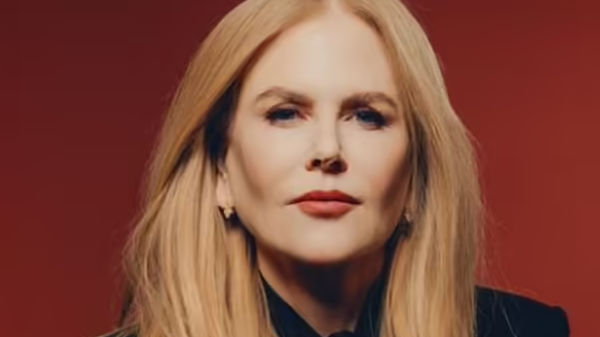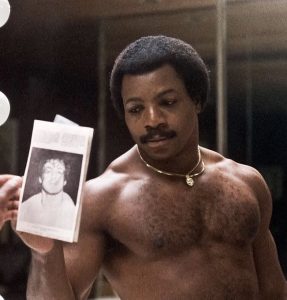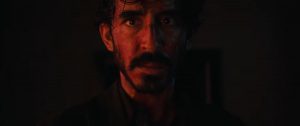According to the latest ‘It’s a Man’s (Celluloid) World’ study by Dr Martha Lauzen, executive director of the Center for the Study of Women in Television and Film at San Diego State University, male characters in films continued to exceed female characters in 2021.
Also Read | Dolly Parton withdraws Rock & Roll Hall of Fame nomination
According to the survey, 85% of films featured more male characters than female ones. Male roles outnumbered females over two to one, with just 31% of films featuring lone female protagonists. Only 7% of films had more female characters than male characters, while 8% of films had an equal number of female and male characters.
Major female characters declined marginally from 2020 to 2021, from 38% to 35% of major characters last year. Females made up 34% of all speaking characters, down from 36% in 2019, although lone female protagonists grew little from 29% in the first year of the epidemic to 31% last year.
Also Read | Evan Rachel Wood alleges Marilyn Manson ‘hacked into my emails’ in new docu
“Despite the major disruptions in the film business over the last couple of years, on-screen gender ratios have remained relatively stable.”
“Last year, audiences saw nearly two male characters for every female character, and while female protagonists led some of the most high-profile films, including ‘Spencer,’ ‘Being the Ricardos,’ and ‘The Eyes of Tammy Faye,’ women accounted for slightly less than one-third of sole protagonists last year,” Lauzen noted.
Also Read | Ben Affleck surprise fans by appearing in Jennifer Lopez’s ‘Marry Me’ video
The study discovered that, despite an increase in Asian and Latina parts for women, the majority of the rise was concentrated in a few films. When such films were omitted from the total, Asian and Latina parts fell marginally or remained steady from 2020.
Black ladies made up 16.4% of significant female characters, up from 13.2% in 2020. In 2021, 60.6% of female speaking characters were white (down from 71.0% in 2020), 19.3% were Black (up from 16.9% in 2020), 9.5% were Latina (up from 5.8% in 2020), 8.4% were Asian or Asian American (up from 6% in 2020), 0.3% were Native American, 0.5% were MENA, and 1.4% were of multiple races or ethnicities.
Also Read | Tuning into music and auditory beat stimulation can lower anxiety: Study
The proportion of significant Latina characters has more than doubled, rising from 5.7% in 2020 to 12.8% in 2021. If “Encanto,” “In the Heights,” “West Side Story,” “Spirit Untamed,” and “Cry Macho” are eliminated, the percentage of Latinas in key parts falls from 12.8% to 5.3%, which is slightly lower than the 5.7% achieved in 2020.
Major parts for Asian and Asian American females increased from 5.7% in 2020 to 10% in 2021, owing to films such as “Shang-Chi and the Legend of the Ten Rings,” “Mortal Kombat,” “Minari,” and “Raya and the Last Dragon.” Without those films, Asian and Asian American females accounted for 6.7% of prominent parts in 2021, somewhat higher than the 5.7% attained in 2020.
“These data show that the gains in Latinas, Asian and Asian American females in key parts are mostly owing to their appearance in a few of films, rather than their integration in a diverse range of films,” Lauzen found.
Also Read | Critics Choice Awards 2022: Full winners list
The study examined over 3,100 characters from the top 100 domestic earning films of 2021, as well as female depictions from Digital Entertainment Group’s Watched at the Home list. Netflix, Amazon Prime, and Disney Plus, on the other hand, do not add to the Watched at the Home list.
Since 2002, the research has looked at the portrayal of over 25,000 characters in over 1,100 films. Other yearly studies by Lauzen include the annual Celluloid Ceiling and Thumbs Down: Gender and Film Critics, as well as Why It Matters.







